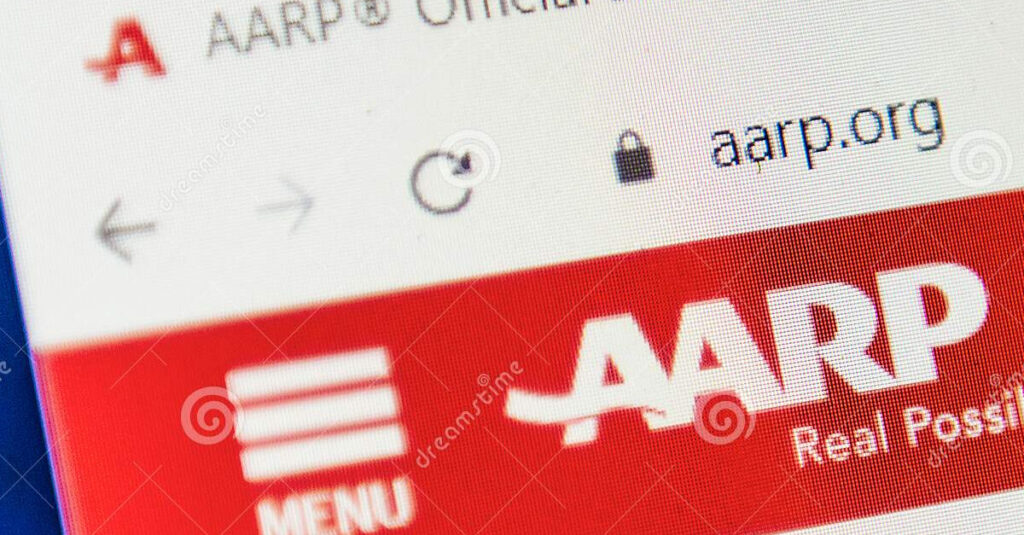Here are five more natural ways provided by AARP (formerly called the American Association of Retired Persons) to lower blood pressure. Remember to consult your physician before stopping your blood pressure medication if you’re already taking it. Natural ways to lower blood pressure include:
Breathing exercises
In a recent study from the University of Colorado in Boulder, high-intensity breathing using a device that creates resistance when you inhale led to lower blood pressure readings over time.
“We found that 30 resisted inhales per day, five to seven days a week for six weeks, lowered systolic blood pressure by 9 mm Hg and diastolic blood pressure by 4 mm Hg,” explained study coauthor Daniel Craighead, an assistant research professor in the university’s Integrative Physiology of Aging Laboratory.
You should continue your regular workouts for other health benefits, although the effect is comparable to aerobic exercise. Researchers have found that breath training can be as effective as hypertension medications at lowering blood pressure.
In the cells that line blood vessel walls, high-intensity breathing promotes the production of nitric oxide, which helps the heart. Exercising regularly helps to expand blood vessels, improving blood flow.
Walk 8,200 steps a day
Researchers at Vanderbilt University Medical Center in Nashville have found that 8,200 steps a day may be the magic number for good health. This conclusion was reached based on data from Fitbit devices and electronic health records of more than 6,000 participants with a median age of 57.
It also helped maintain weight control by lowering blood pressure. Overweight individuals who increased their daily step count to 11,000 were able to lower their obesity risk by 64 percent.
Eat a diet low in sodium and high in potassium
UCSF researchers analyzed the effects of various lifestyle approaches to lowering hypertension and estimated that widespread adoption of the diet — which emphasizes fruits and vegetables, lean protein and low sodium — could prevent 26,000 heart-related events and nearly 3,000 deaths.
Learn tai chi
Researchers in China suggest that slow, flowing motions and deep breathing can improve hypertension through this gentle exercise. A study of 208 people with slightly elevated blood pressure found that those who practiced tai chi for three months had significantly lower blood pressure than those who did not.
What are the steps involved? As with any aerobic exercise, tai chi is beneficial to your heart and blood vessels. Moreover, it’s a great way to relieve stress and might even boost your brain power.
Stretch your muscles
In a study conducted by researchers at the University of Saskatchewan in Canada, researchers found that walking actually lowers blood pressure readings than simple stretching exercises, which the control group did.
The act of stretching appears to stretch a person’s blood vessels, which reduces arterial stiffness and lowers blood pressure:
Lean forward and place your foot on a low stool or step to stretch your hamstring muscles (back of the legs).
Lie on your side with your knee bent behind you to stretch your quadriceps (front of the thighs). Feel the stretch in your front thigh as you pull your foot back toward your butt.
By leaning forward and placing your foot against a wall, you can stretch the calves.

